The mythical dragon is a widely popular symbol throughout the world. In the West, the dragon doesn't symbolize royalty, but rather leans towards evil forces. In the East, however, the dragon symbolizes the king, the emperor, the regulation of weather, and the fertility of an agricultural society. Regardless of the philosophy or power it represents, the origins of dragons around the world are quite similar.
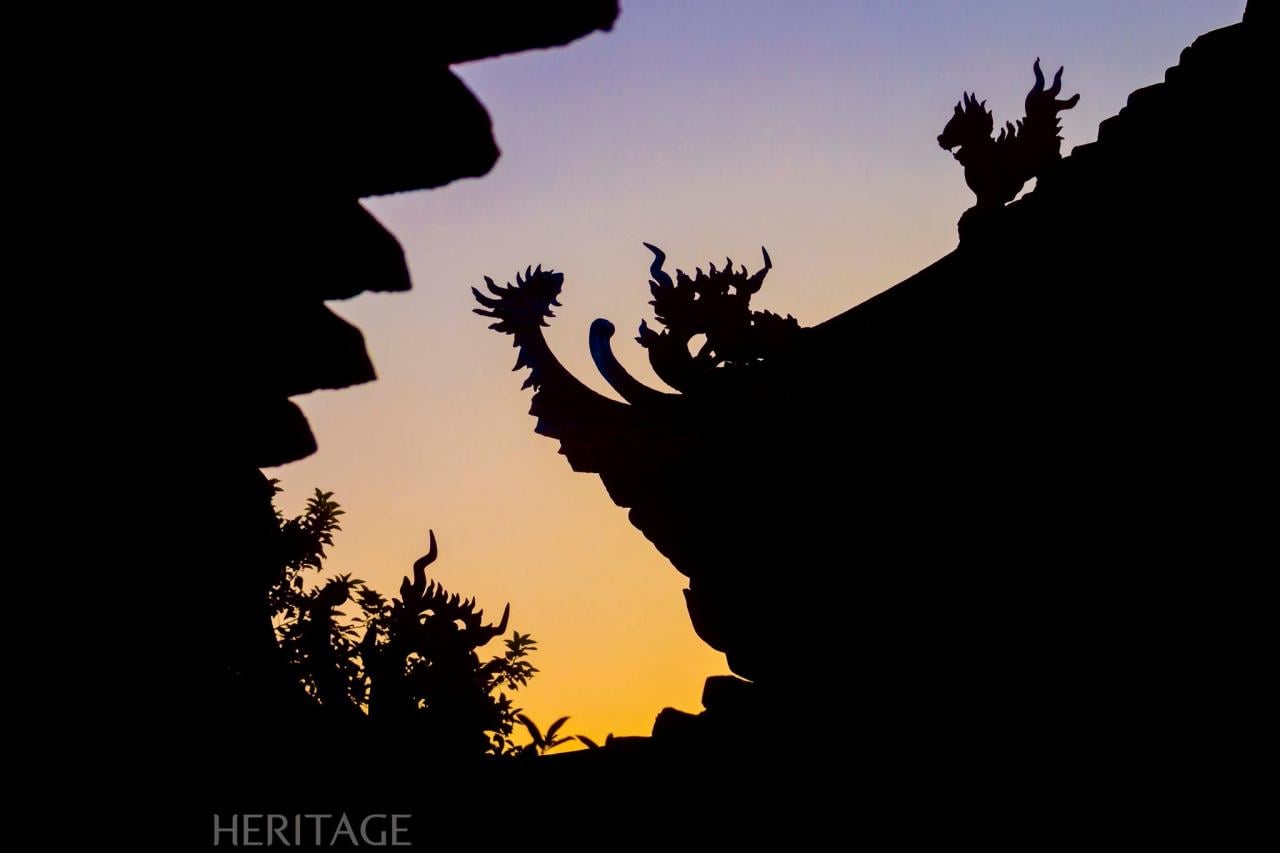
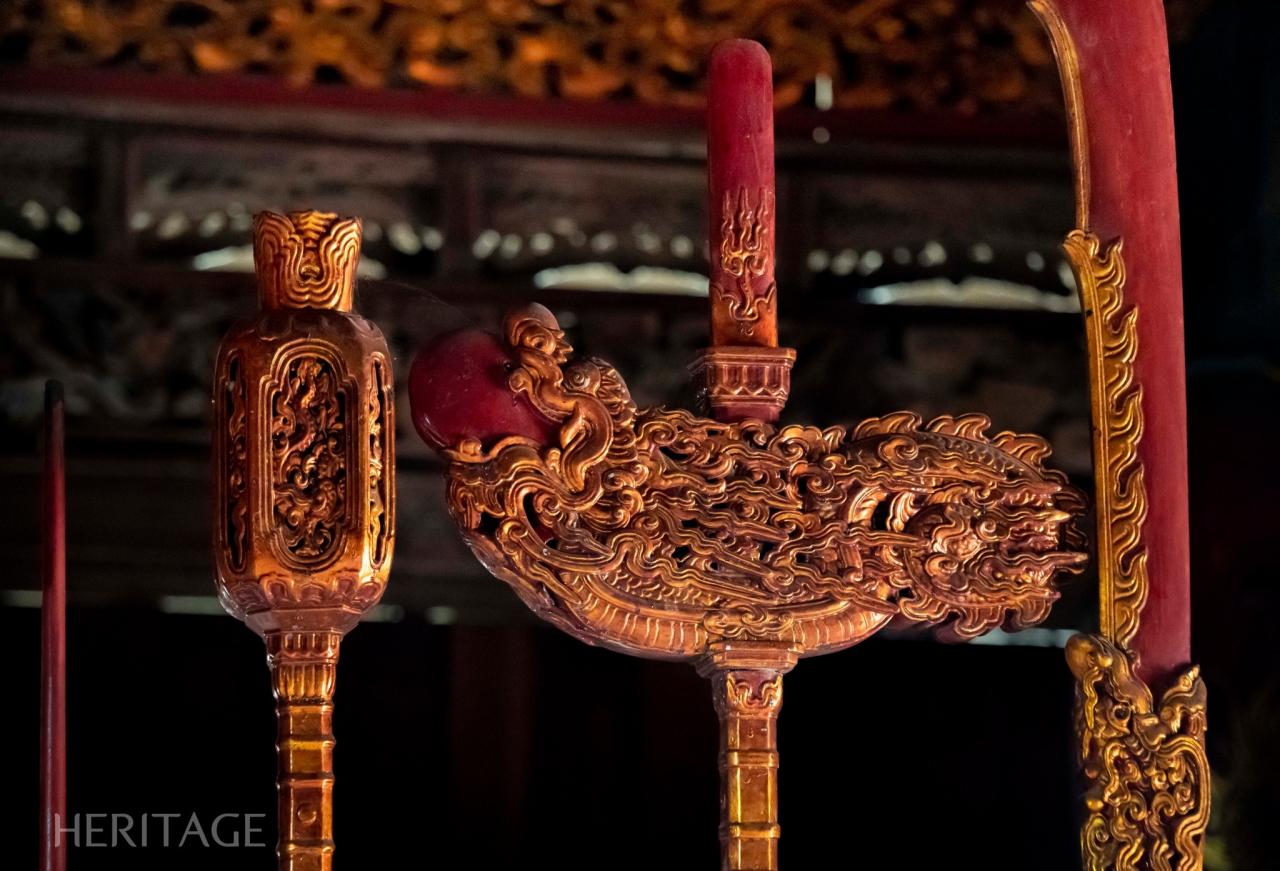
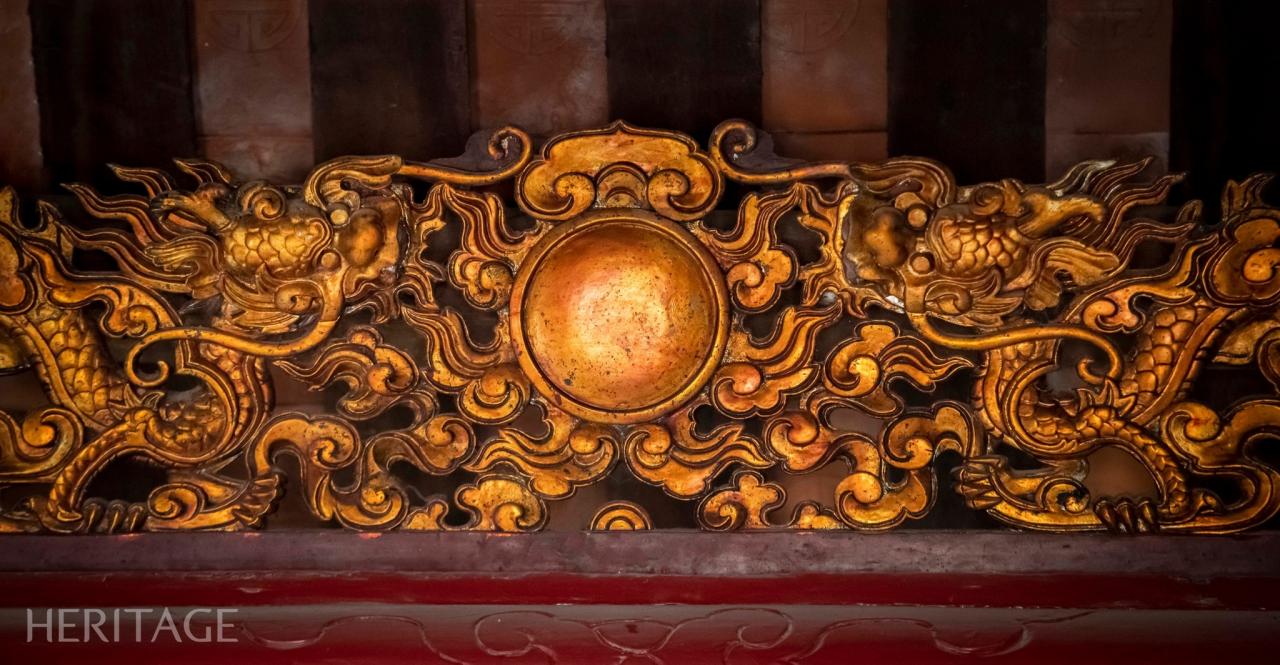 When humans emerged from their caves, they feared three powerful forces: the lion or tiger on land, the serpent or ferocious aquatic reptile, and the great eagle and other predatory birds in the sky. These were formidable opponents, swift, powerful, with sharp claws, capable of devouring humans at any moment. Gradually, people combined these three species into a single image, called the dragon.
When humans emerged from their caves, they feared three powerful forces: the lion or tiger on land, the serpent or ferocious aquatic reptile, and the great eagle and other predatory birds in the sky. These were formidable opponents, swift, powerful, with sharp claws, capable of devouring humans at any moment. Gradually, people combined these three species into a single image, called the dragon. 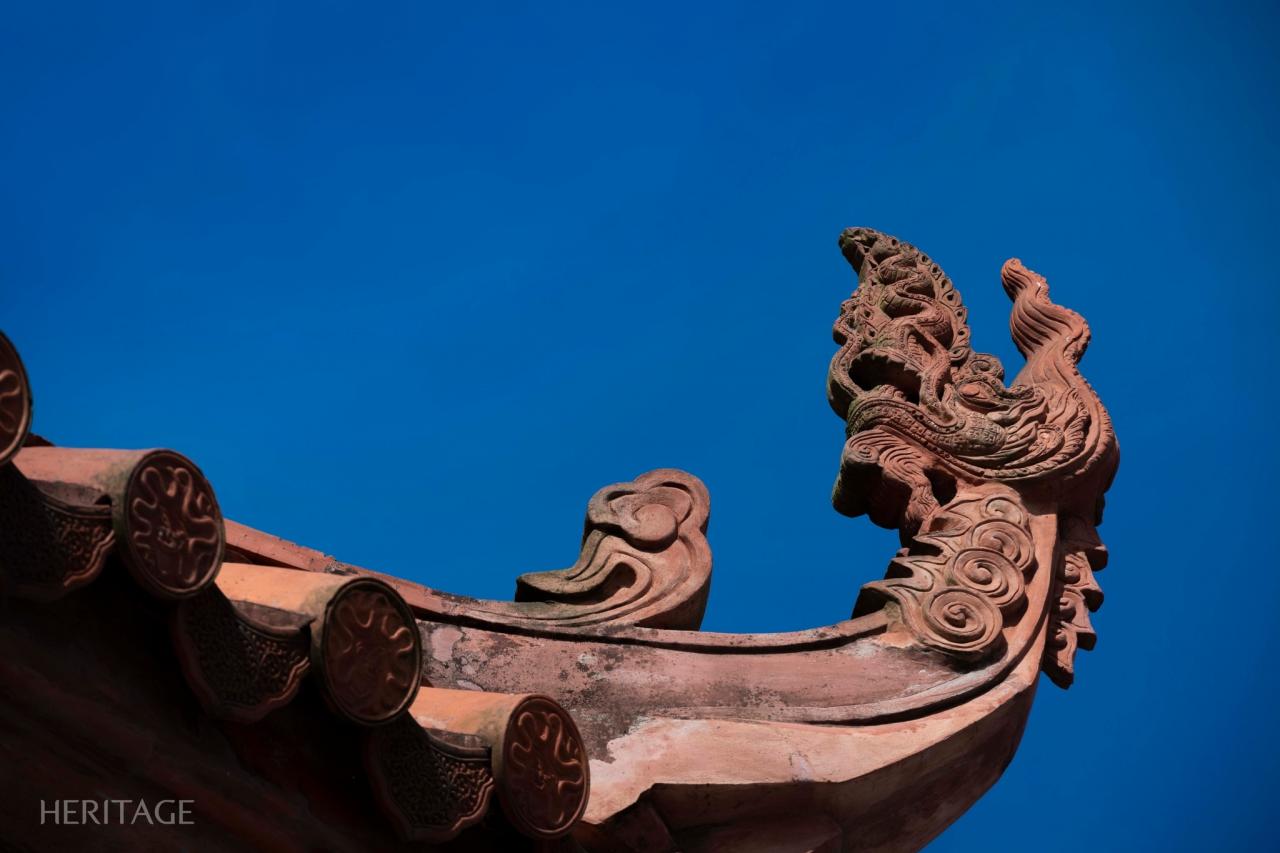
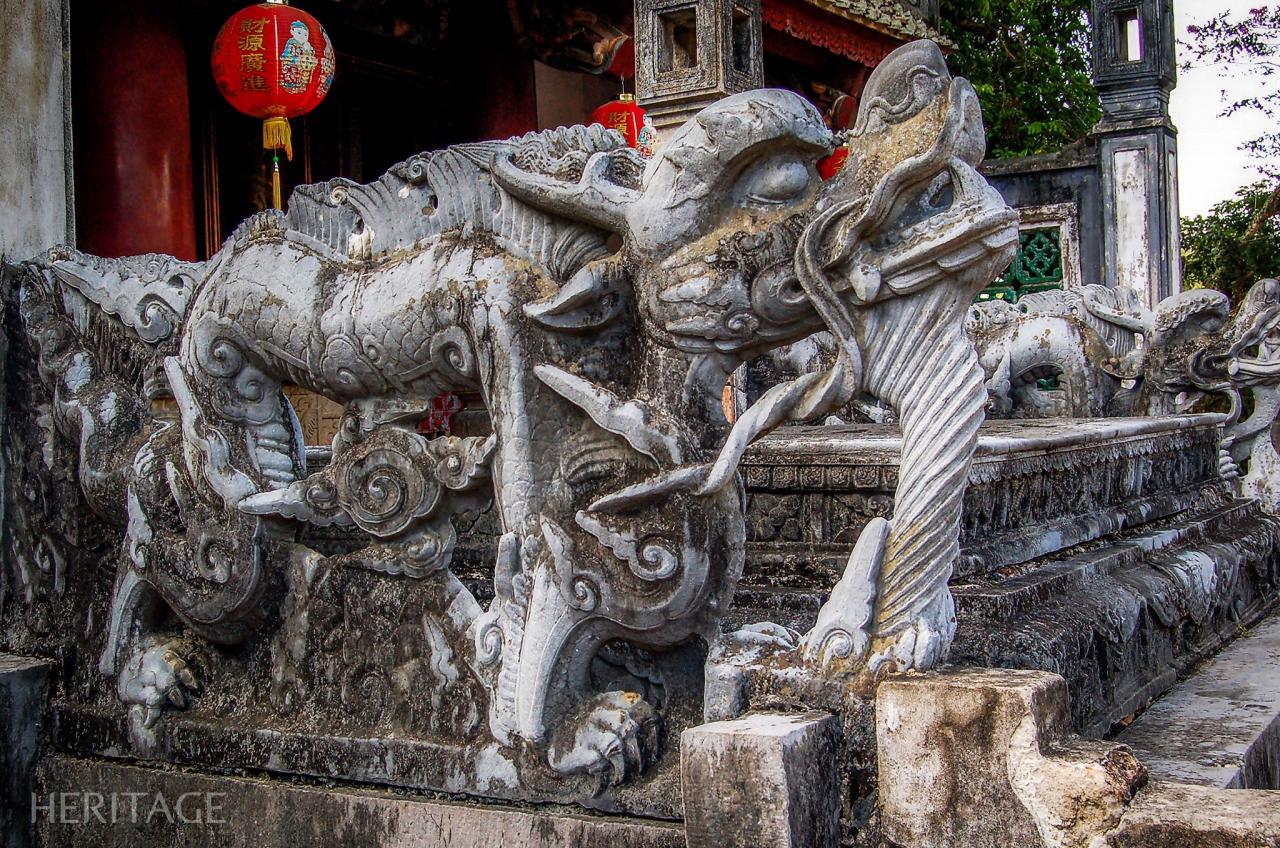 Dragons have the head of a lion, the body of a snake, scales of a fish, and antlers of a deer. Western dragons have wings, while Eastern dragons do not, but they fly through the clouds, spout water, and make rain. The horse, combined with the lion and the fish, forms the dragon-horse or unicorn, with the body of a horse but the head of a lion, and scales on its body. These concepts likely originate from their initial pronunciation: dragon (English), lung/long (Chinese), dragon (Vietnamese)... similarly, they share a common syllable source.
Dragons have the head of a lion, the body of a snake, scales of a fish, and antlers of a deer. Western dragons have wings, while Eastern dragons do not, but they fly through the clouds, spout water, and make rain. The horse, combined with the lion and the fish, forms the dragon-horse or unicorn, with the body of a horse but the head of a lion, and scales on its body. These concepts likely originate from their initial pronunciation: dragon (English), lung/long (Chinese), dragon (Vietnamese)... similarly, they share a common syllable source. 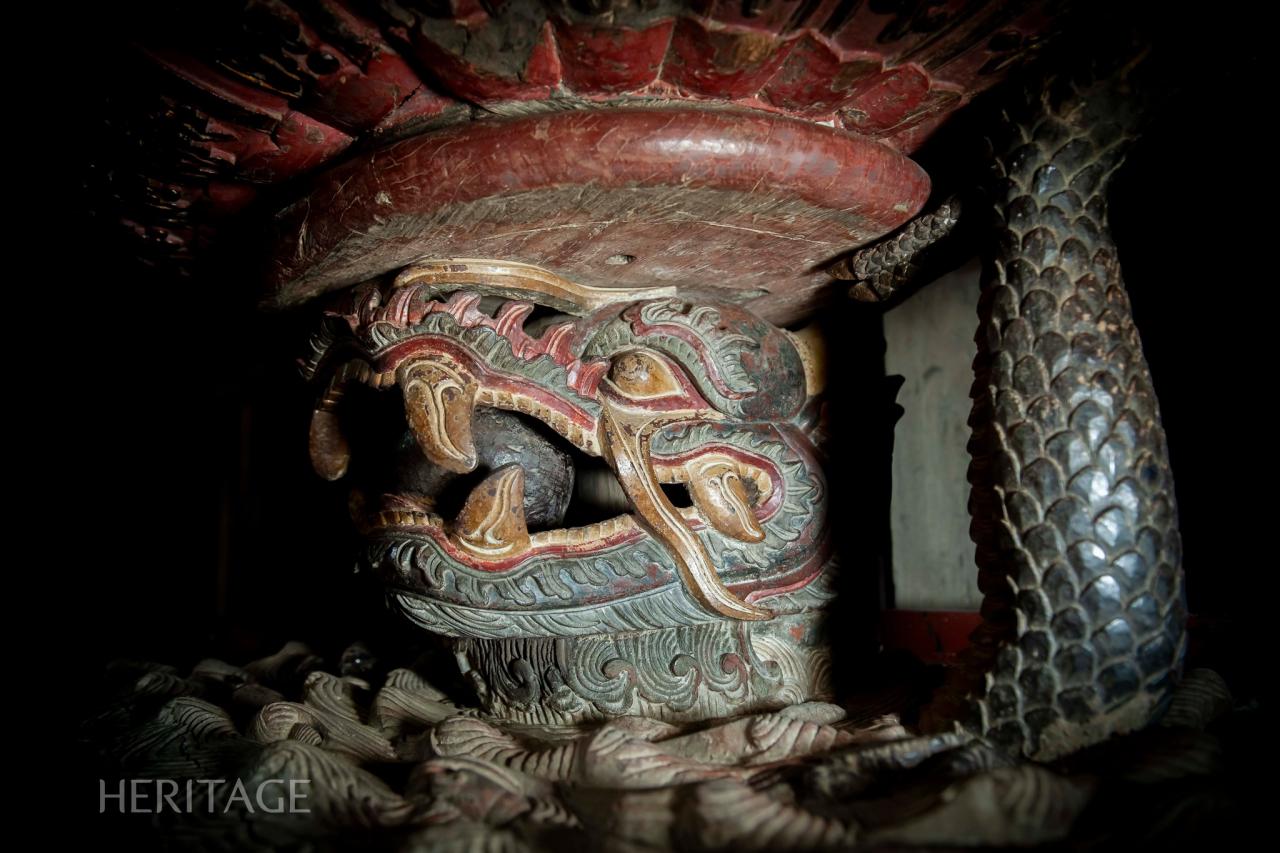
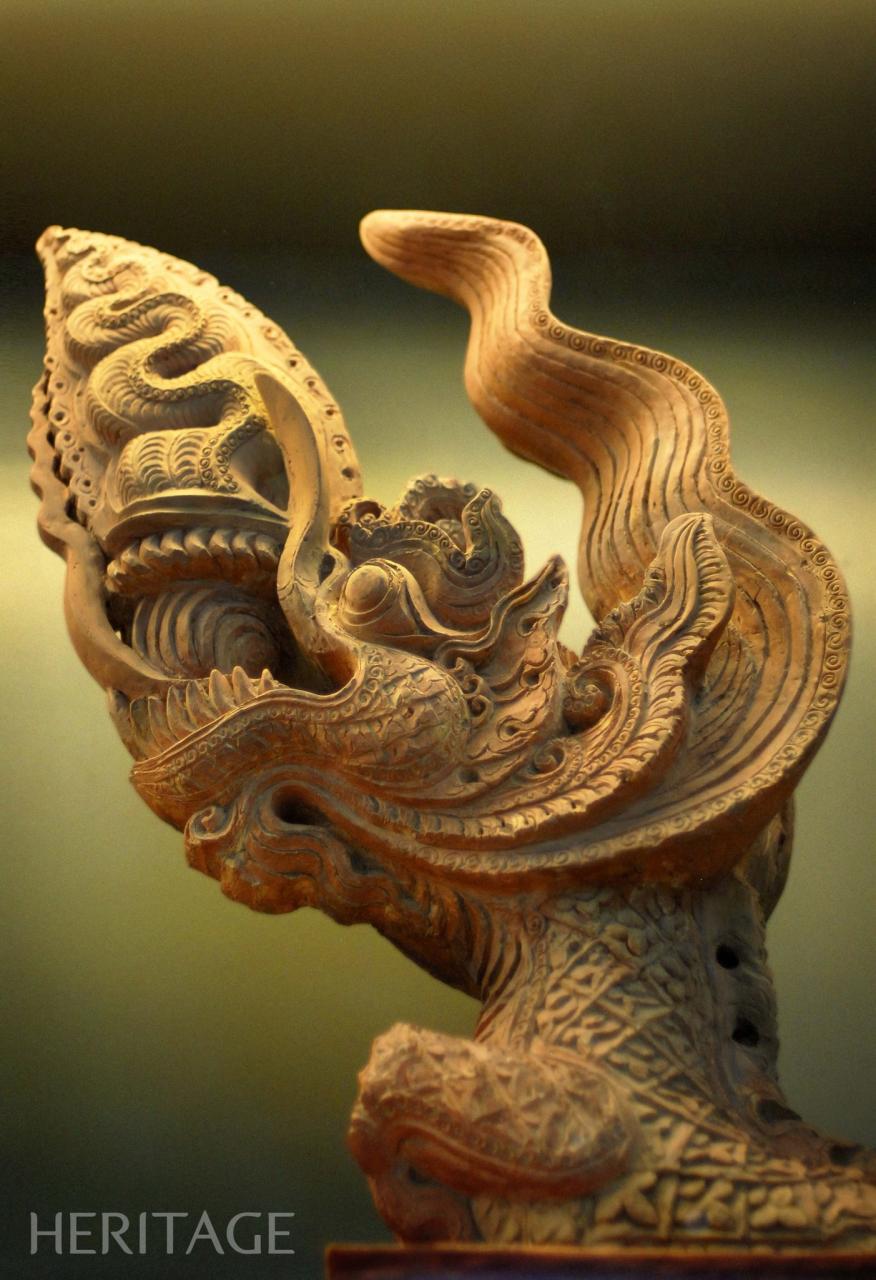 The earliest known dragon carvings in archaeological evidence date back to the Neolithic period in China, around 5,000 BC, and the earliest mention of dragons is in the writings of Confucius, approximately 2,000 BC. In Vietnam, dragons appear on relics from the Ly Dynasty (1010-1225) and were prevalent throughout the thousand years of feudal independence. However, traces related to dragons can also be found on Dong Son bronze carvings, dating back 2,500 years. Western dragons appeared frequently during the Middle Ages, from approximately the 7th to 14th centuries. In Hinduism, Makara – a sea monster – is also considered a type of dragon and was very common in Champa art.
The earliest known dragon carvings in archaeological evidence date back to the Neolithic period in China, around 5,000 BC, and the earliest mention of dragons is in the writings of Confucius, approximately 2,000 BC. In Vietnam, dragons appear on relics from the Ly Dynasty (1010-1225) and were prevalent throughout the thousand years of feudal independence. However, traces related to dragons can also be found on Dong Son bronze carvings, dating back 2,500 years. Western dragons appeared frequently during the Middle Ages, from approximately the 7th to 14th centuries. In Hinduism, Makara – a sea monster – is also considered a type of dragon and was very common in Champa art. 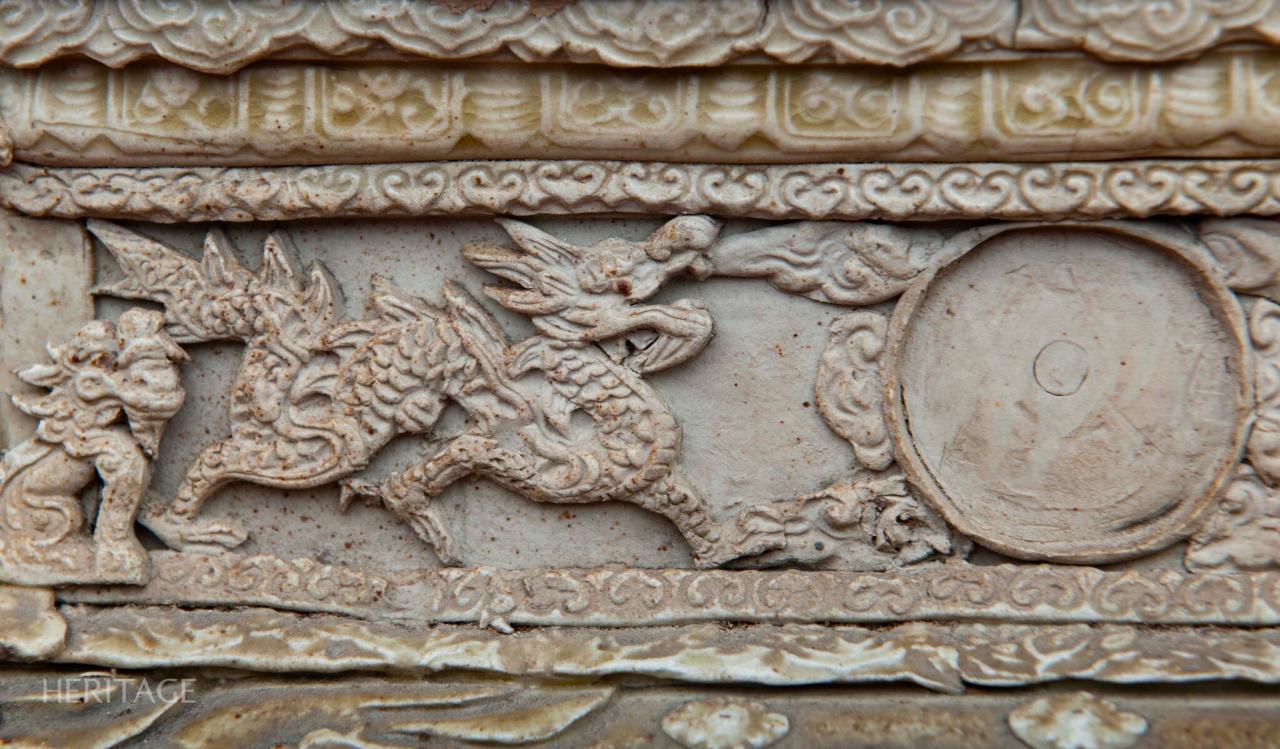
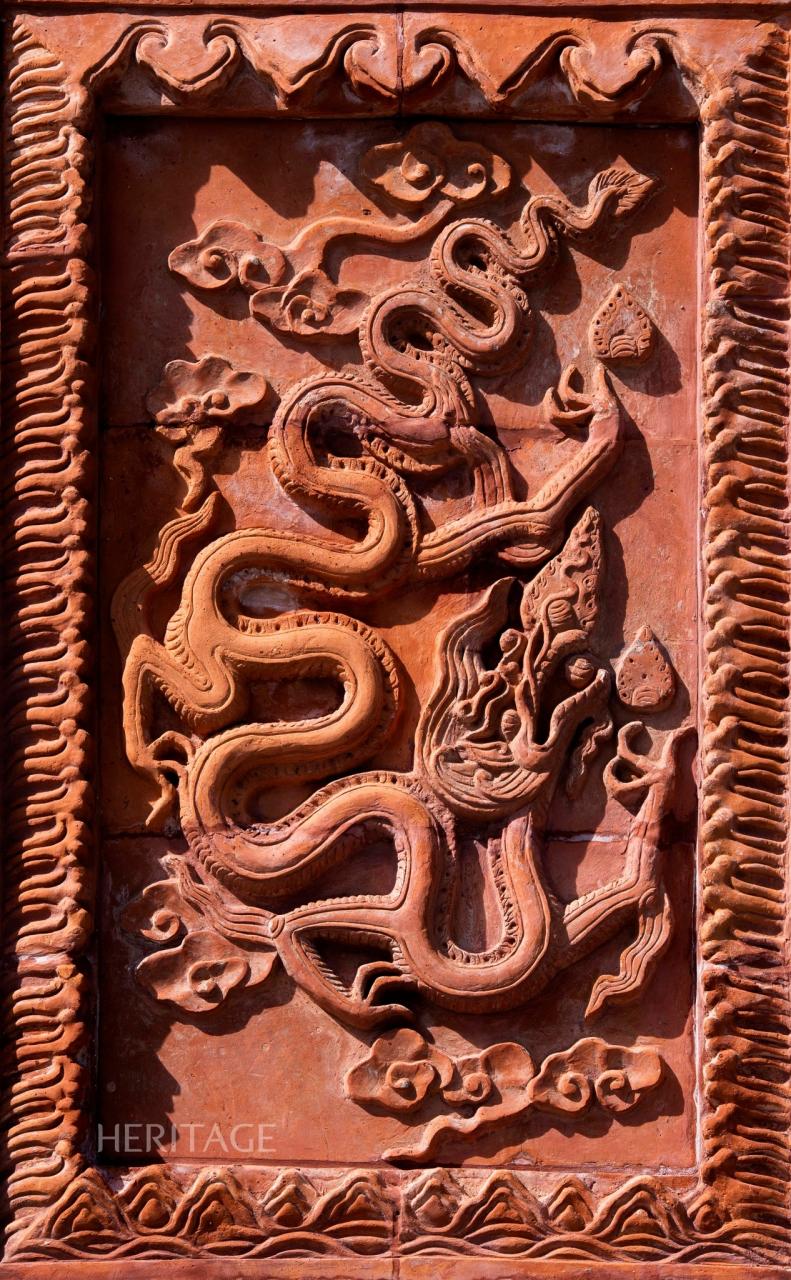
According to Robert Beer's research in the book "Handbook of the Tibetan Buddhist Symbol," Chinese dragons are believed to have three main species and nine subspecies. The three main species are: the horned thunder dragon (or thunder dragon with lungs), the hornless sea dragon (or hornless sea dragon), and the scaled Jiaolong (Ch.chiao), which lives in swamps, lakes, and caves. The nine subspecies are: the celestial dragon, the divine dragon, the winged dragon, the coiled dragon, the horned dragon, the snout dragon, the golden dragon, the water dragon, and the treasure-guarding dragon. The names of these twelve species are in Chinese, based on Chinese research, and are also known to Vietnamese people.
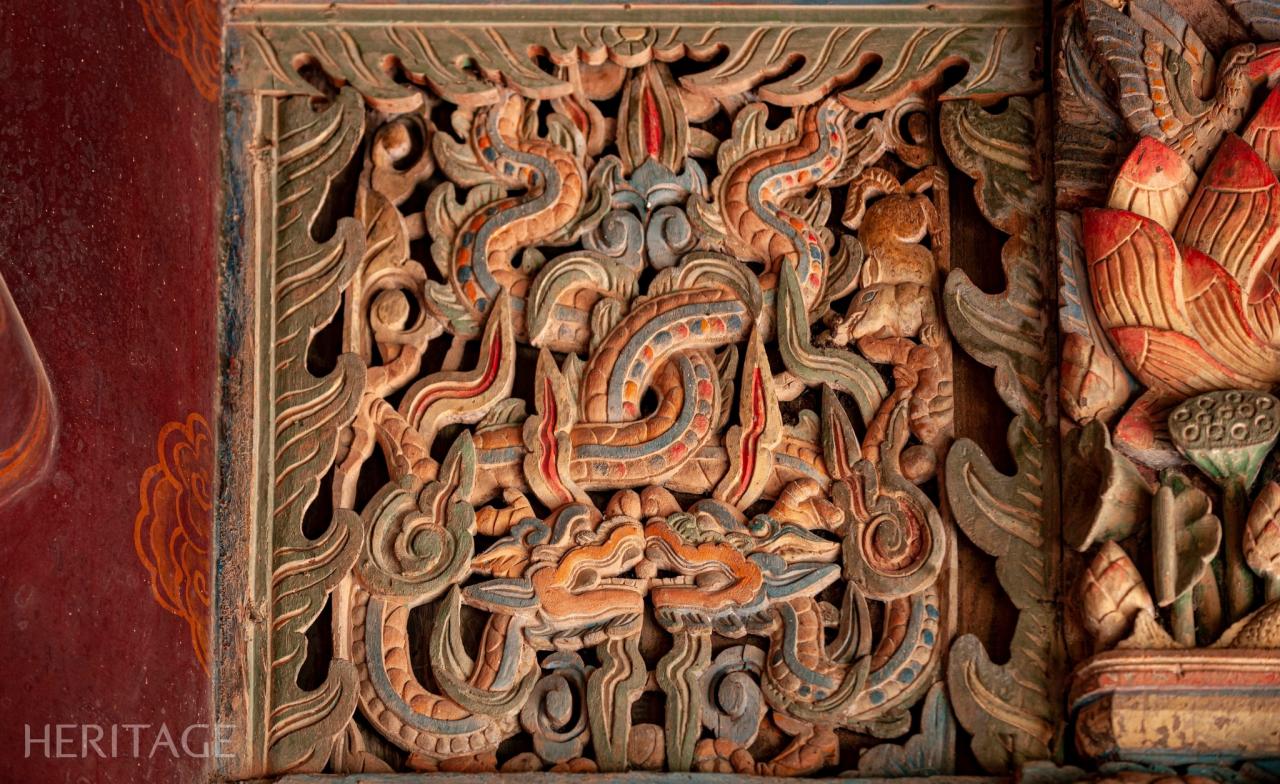
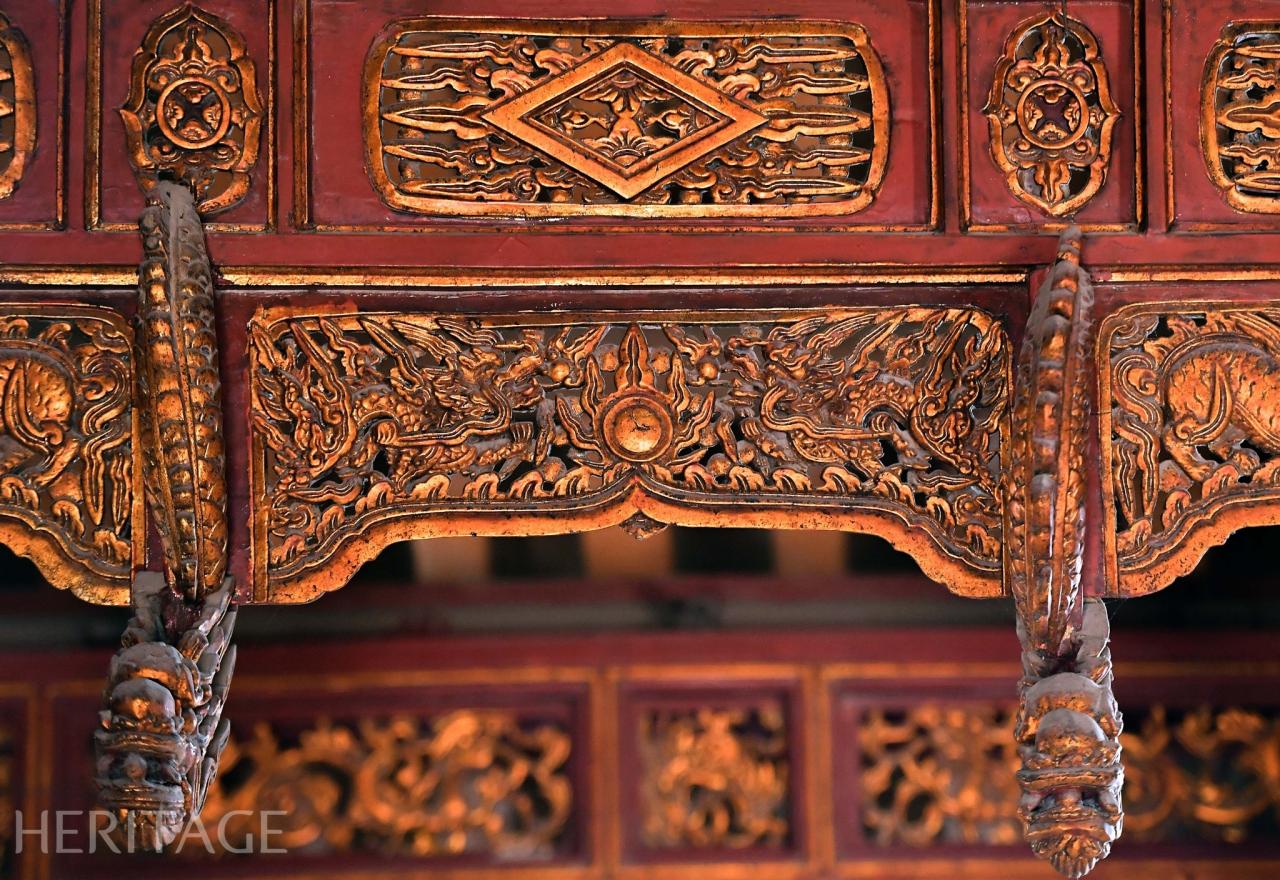 According to Robert Beer's research, a typical dragon is said to have three parts and nine characteristics. The three parts are the head to the forelegs, the forelegs to the waist, and the waist to the tail. The nine characteristics are: a head like a camel, horns like deer antlers, eyes like a demon, rabbit, or shrimp; a neck like a snake, scales like a fish; a belly like a giant frog or clam; ears like a cow; forelegs and feet like a tiger; and claws like an eagle.
According to Robert Beer's research, a typical dragon is said to have three parts and nine characteristics. The three parts are the head to the forelegs, the forelegs to the waist, and the waist to the tail. The nine characteristics are: a head like a camel, horns like deer antlers, eyes like a demon, rabbit, or shrimp; a neck like a snake, scales like a fish; a belly like a giant frog or clam; ears like a cow; forelegs and feet like a tiger; and claws like an eagle. 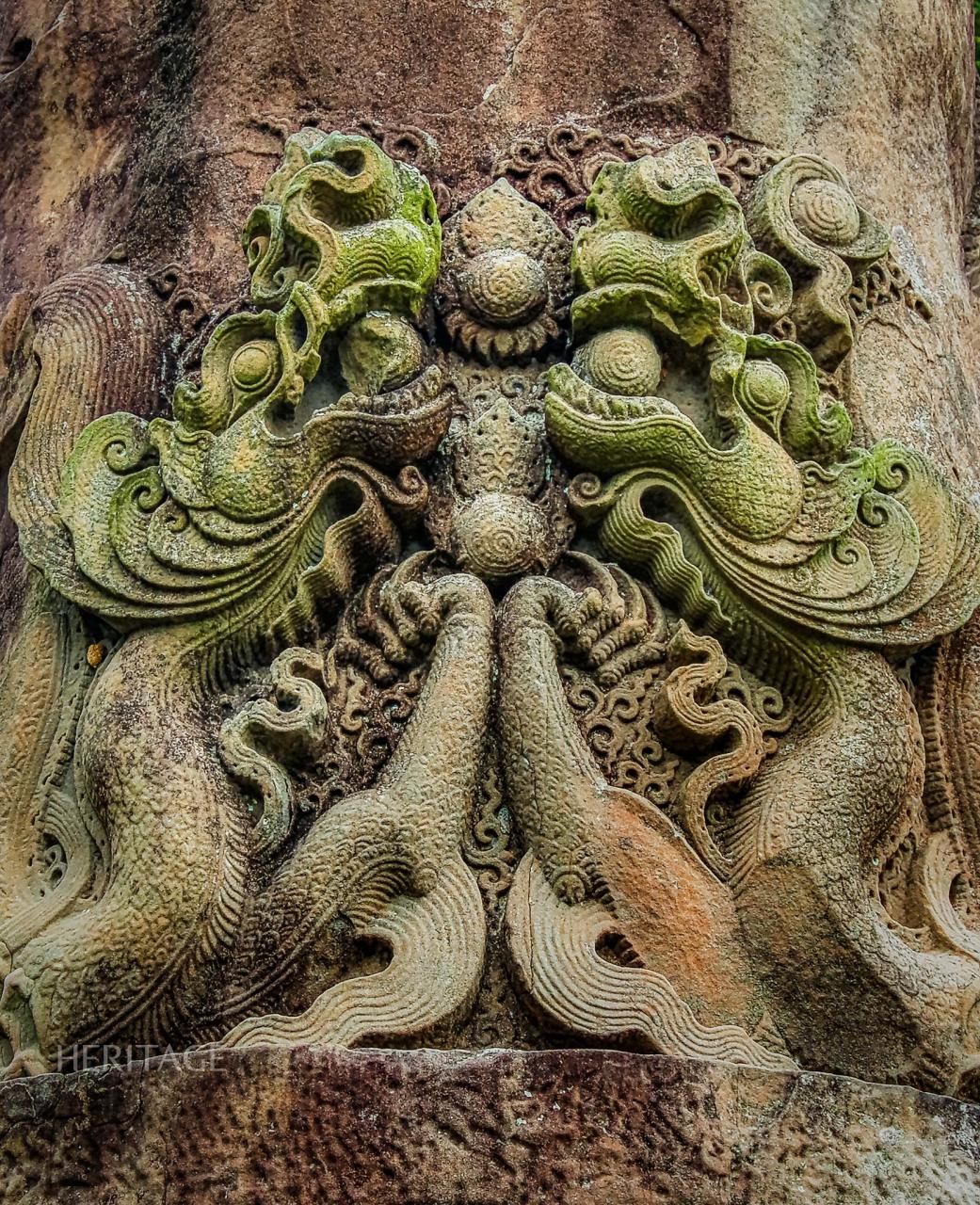 Along its back are rows of 81 flame-like scales, and pointed dorsal plates sprout from its jaw, chin, knees, and tail. A carp-like beard extends from the dragon's upper lip, its mane curling and flowing like a horse's mane. Its wild dragon eyes stare intently, its eyebrows raised. Its teeth are sharp, its tongue long and twisted. Lightning-like flames erupt from its two front legs as the dragon twists and turns within swirling clouds, all four paws clutching precious jewels.
Along its back are rows of 81 flame-like scales, and pointed dorsal plates sprout from its jaw, chin, knees, and tail. A carp-like beard extends from the dragon's upper lip, its mane curling and flowing like a horse's mane. Its wild dragon eyes stare intently, its eyebrows raised. Its teeth are sharp, its tongue long and twisted. Lightning-like flames erupt from its two front legs as the dragon twists and turns within swirling clouds, all four paws clutching precious jewels.


![[Photo] Prime Minister Pham Minh Chinh receives Lao Minister of Education and Sports Thongsalith Mangnormek](/_next/image?url=https%3A%2F%2Fvphoto.vietnam.vn%2Fthumb%2F1200x675%2Fvietnam%2Fresource%2FIMAGE%2F2025%2F12%2F16%2F1765876834721_dsc-7519-jpg.webp&w=3840&q=75)








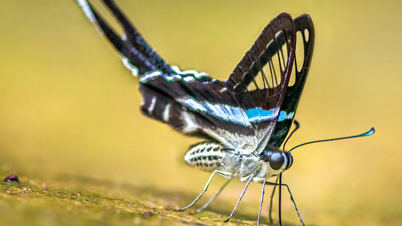



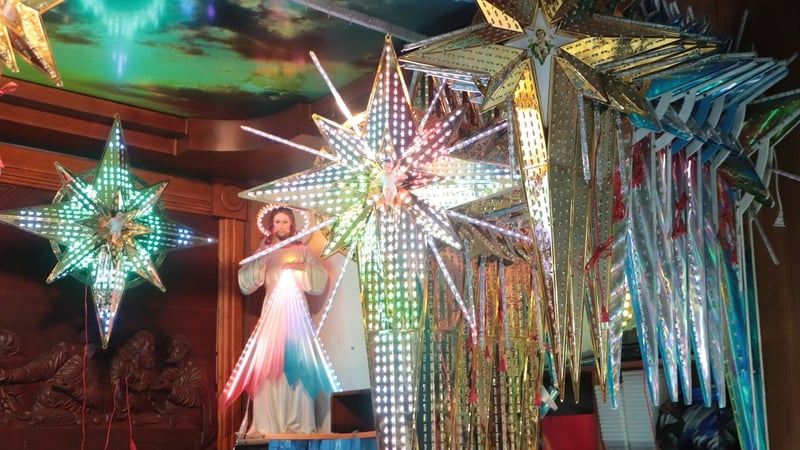
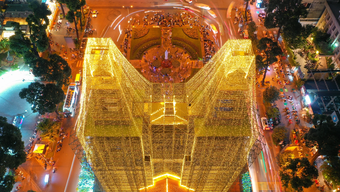





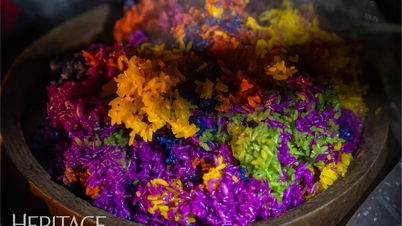

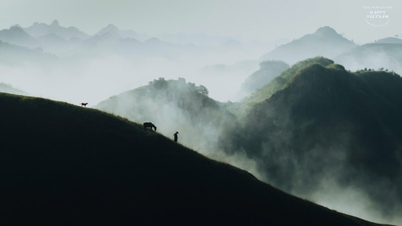































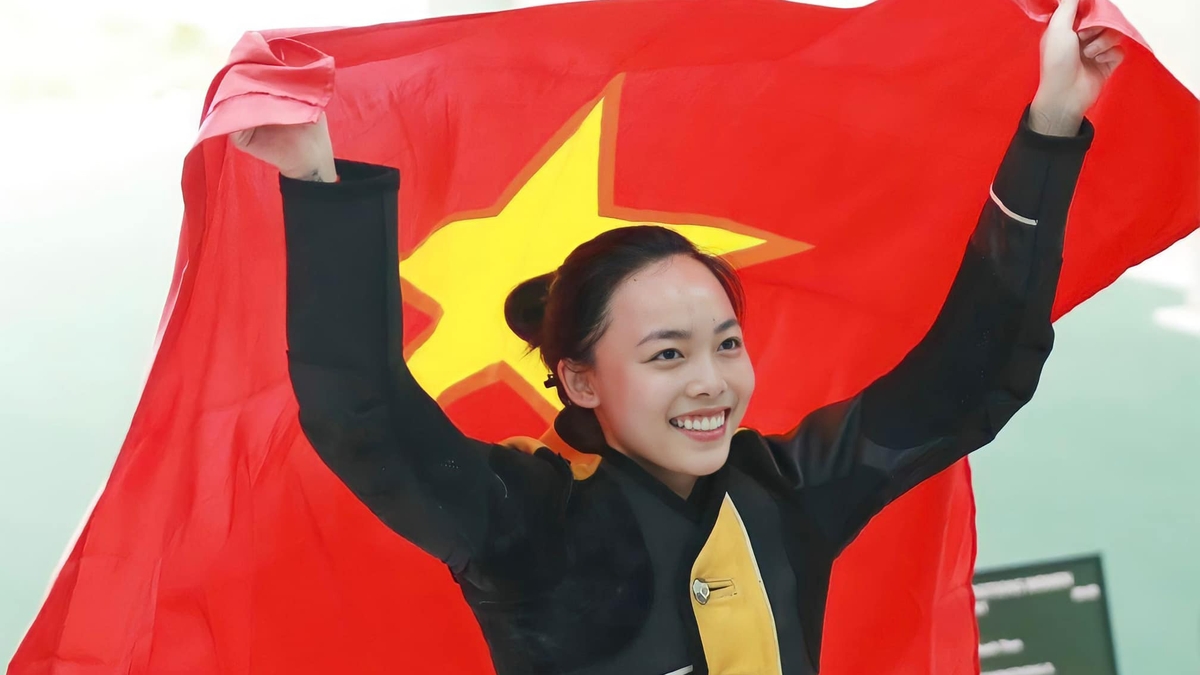
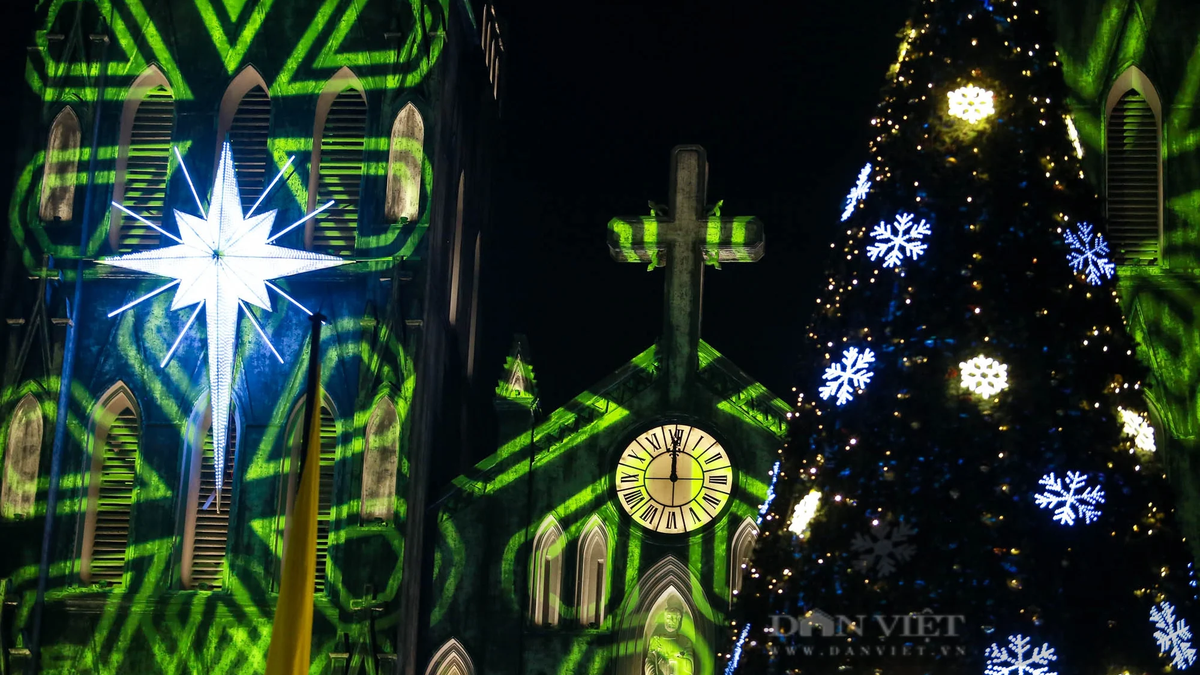

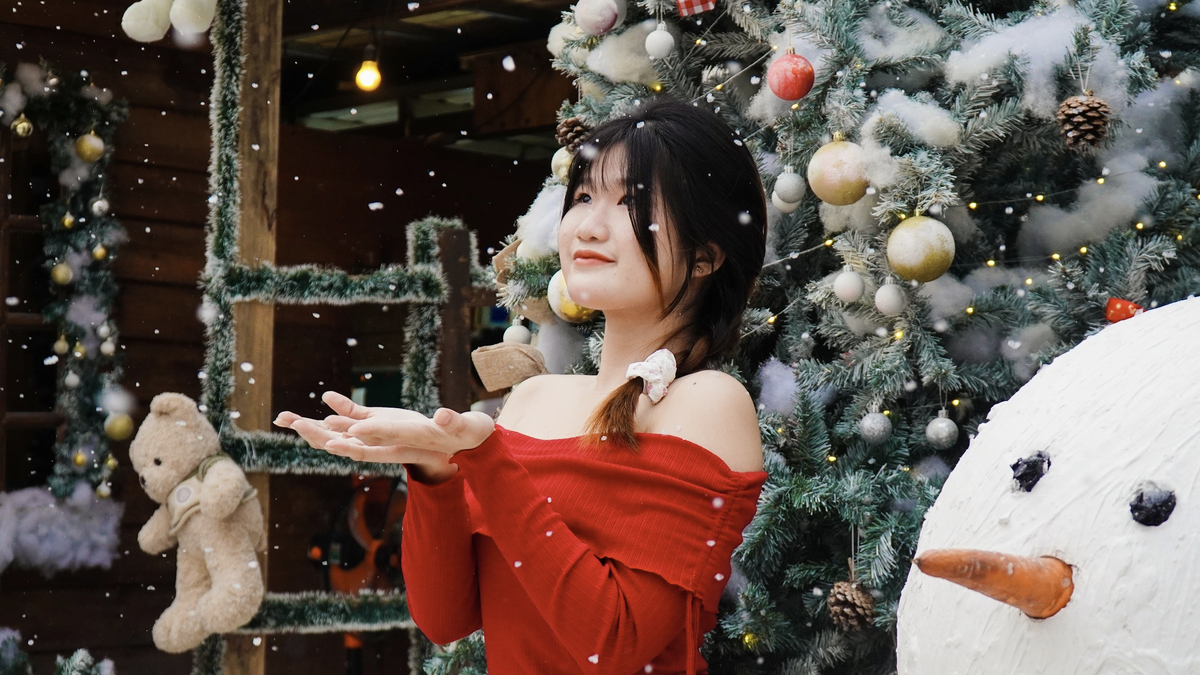






































Comment (0)